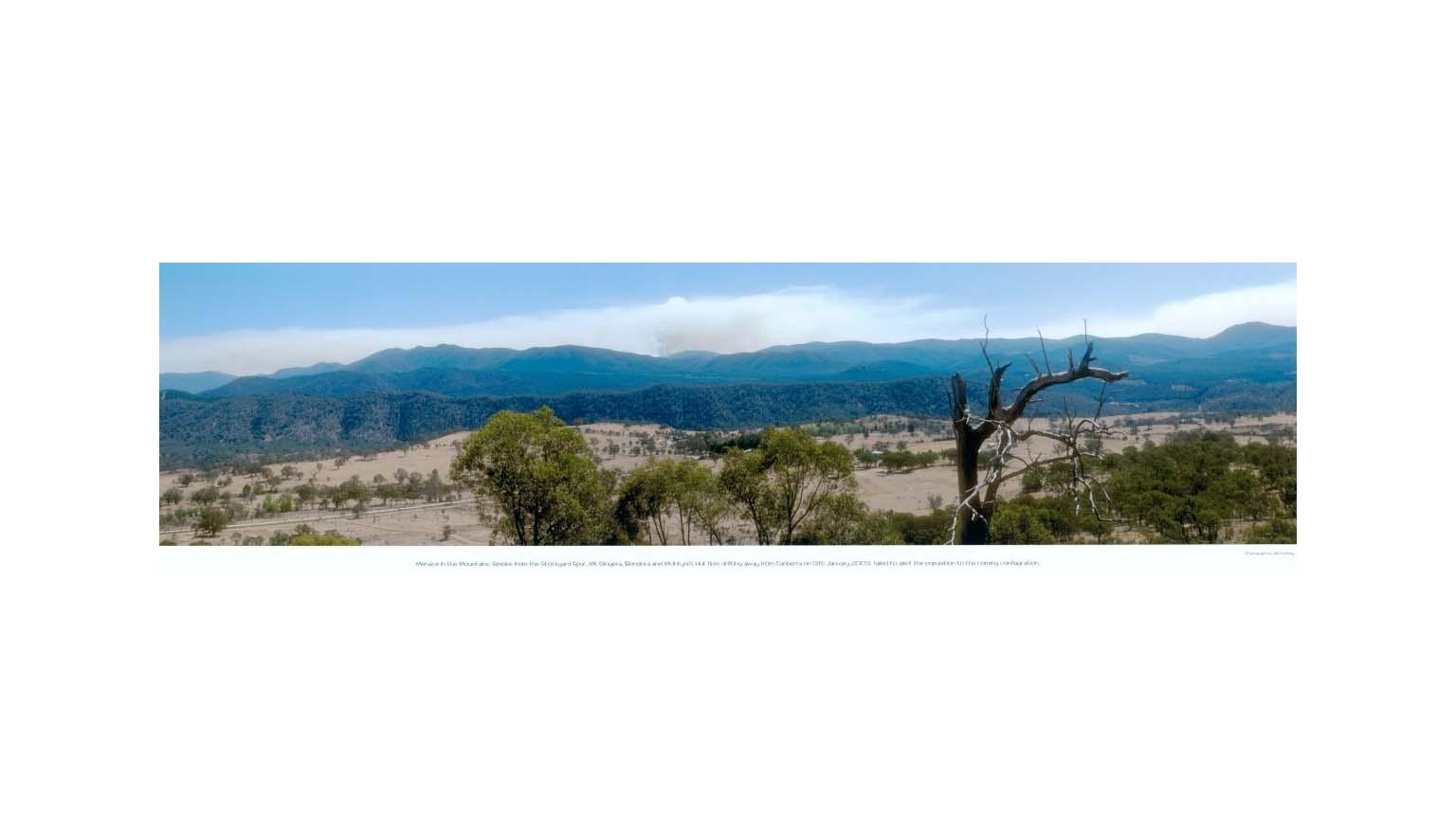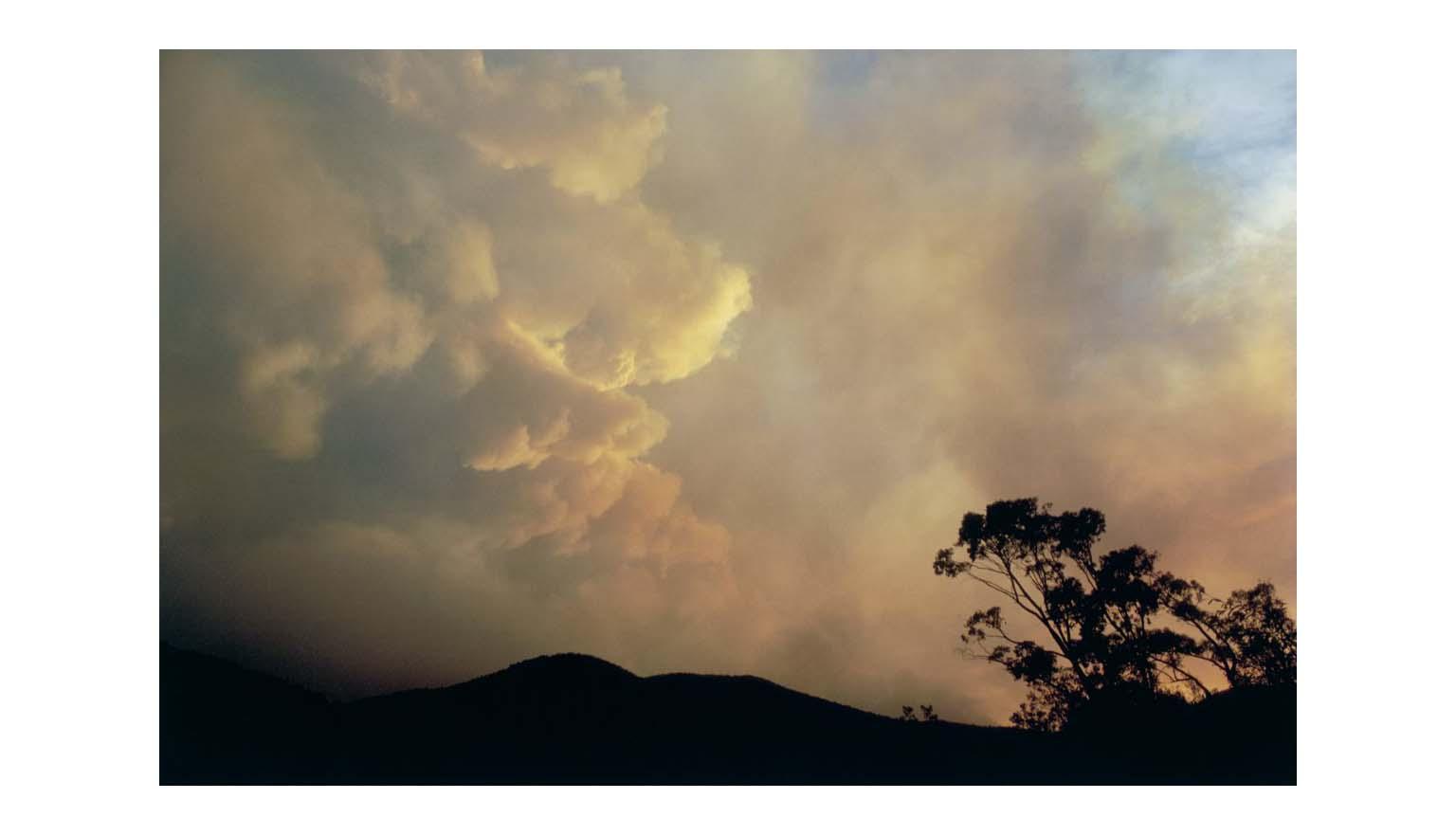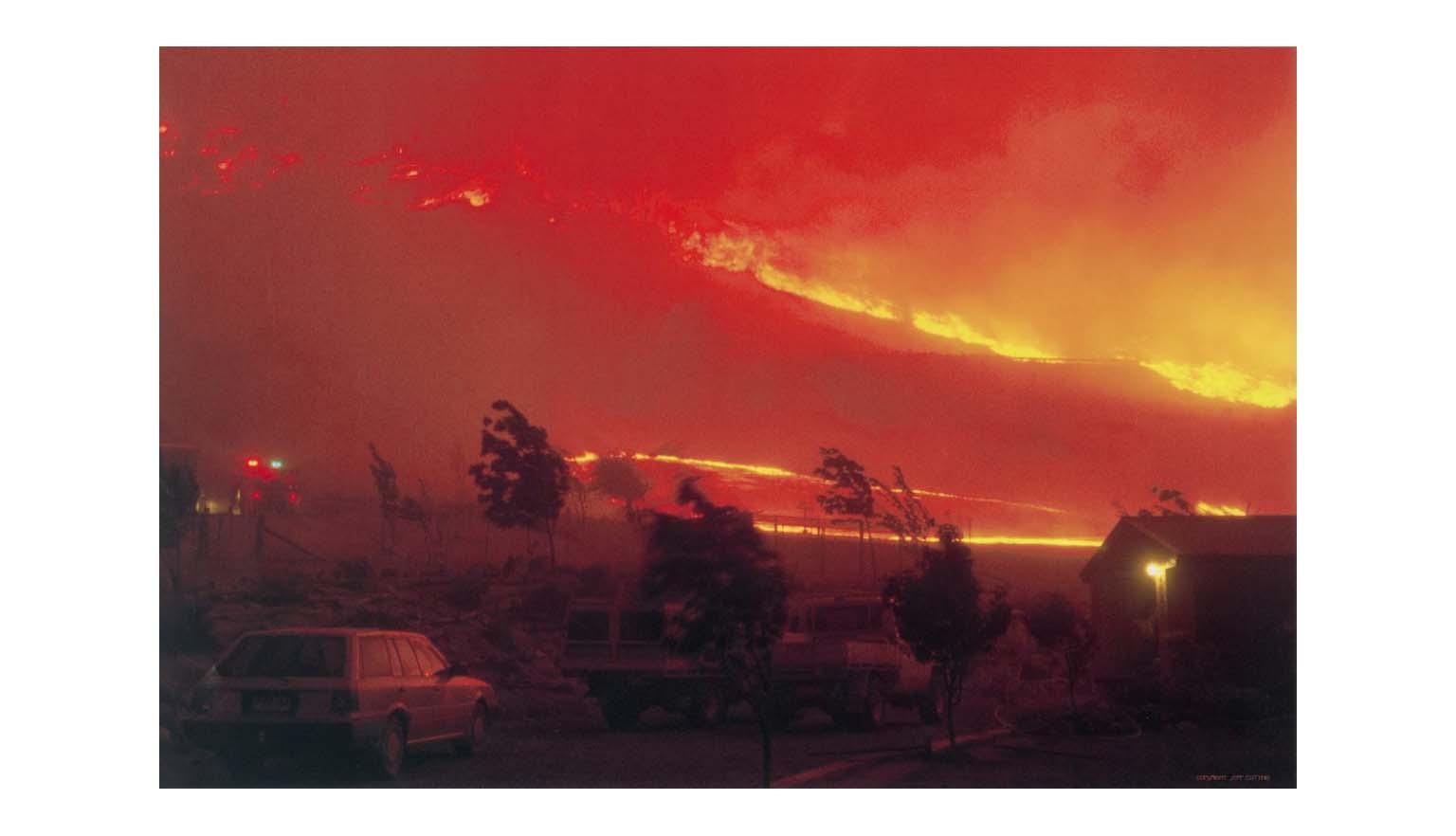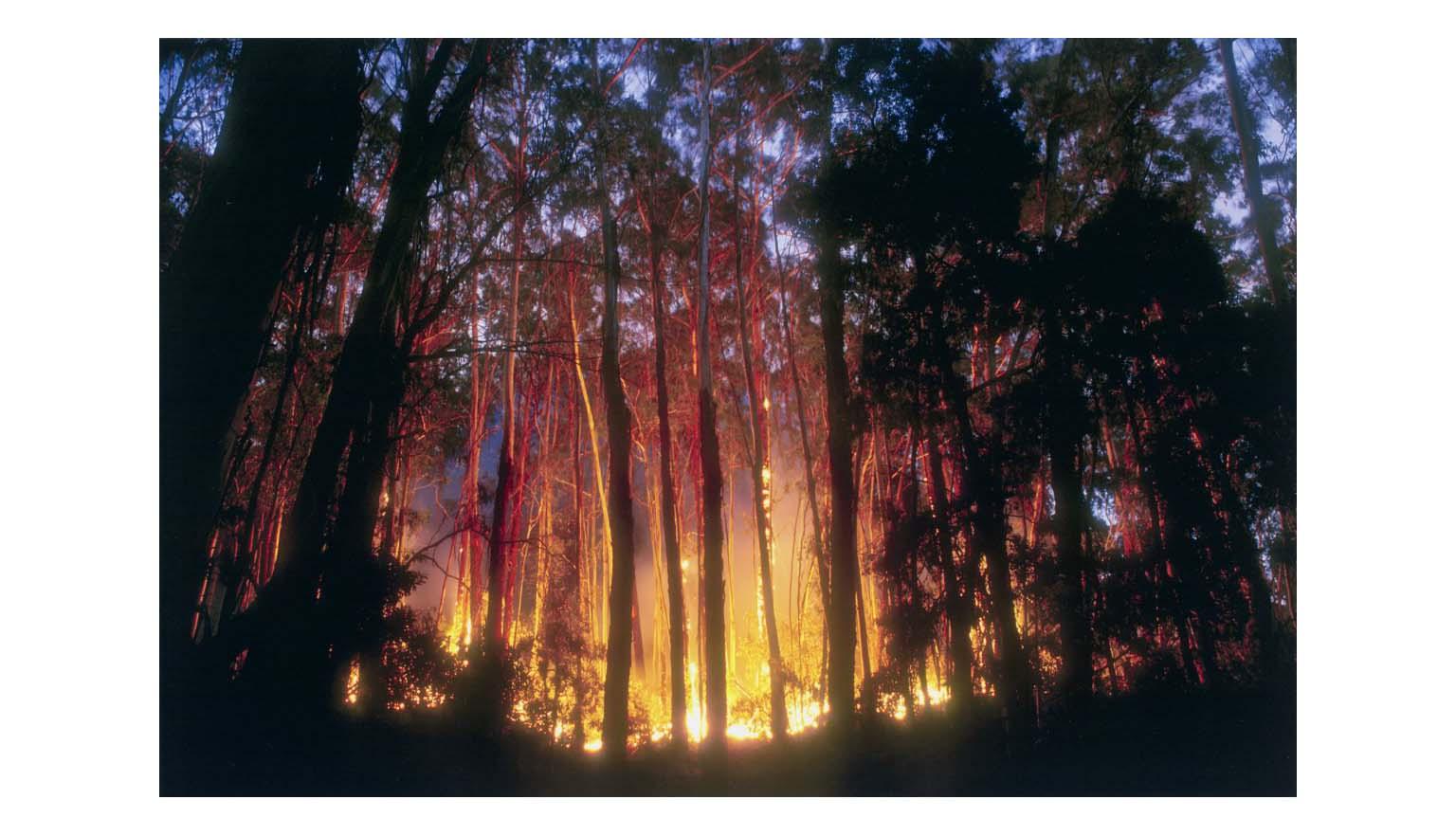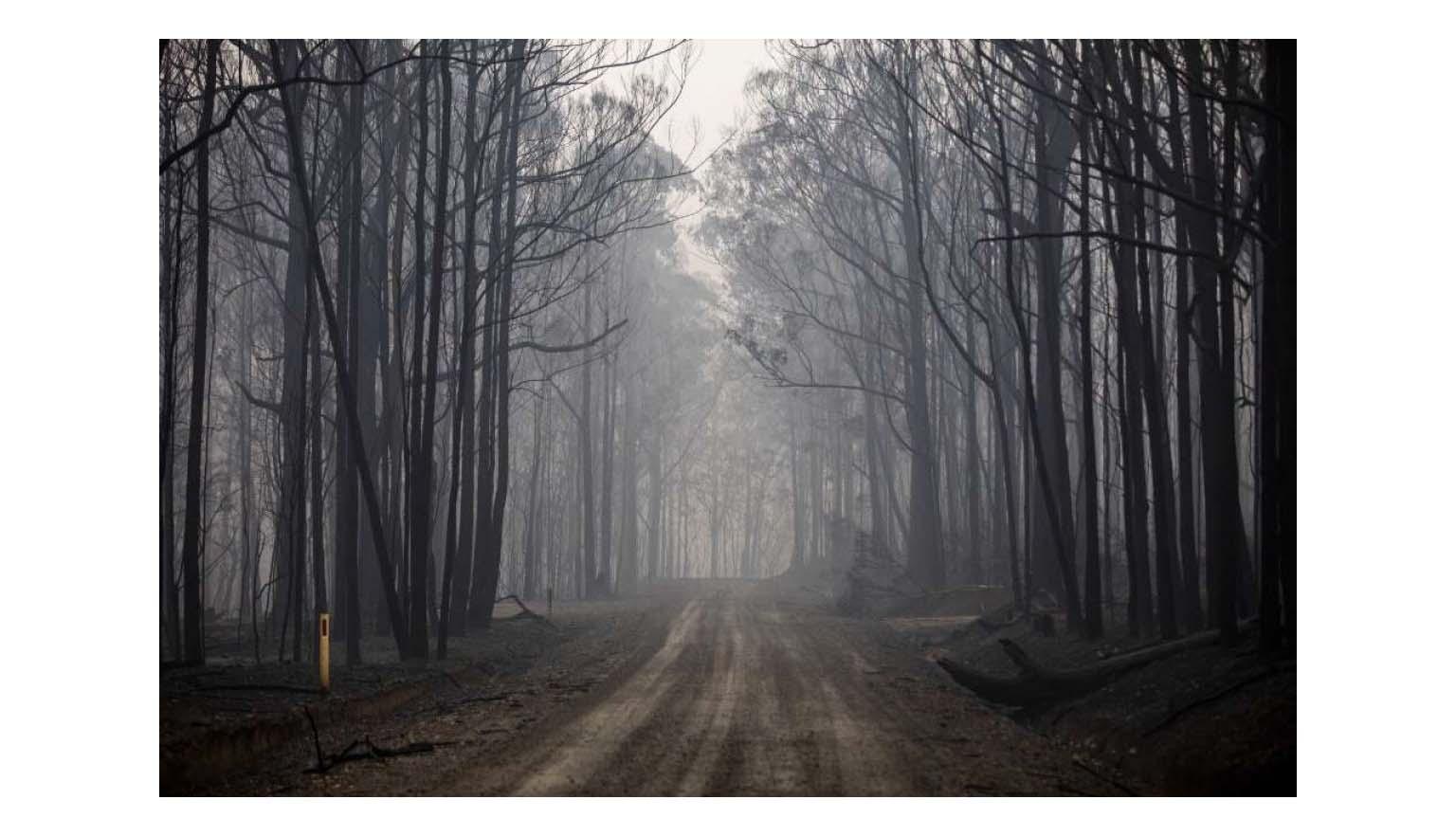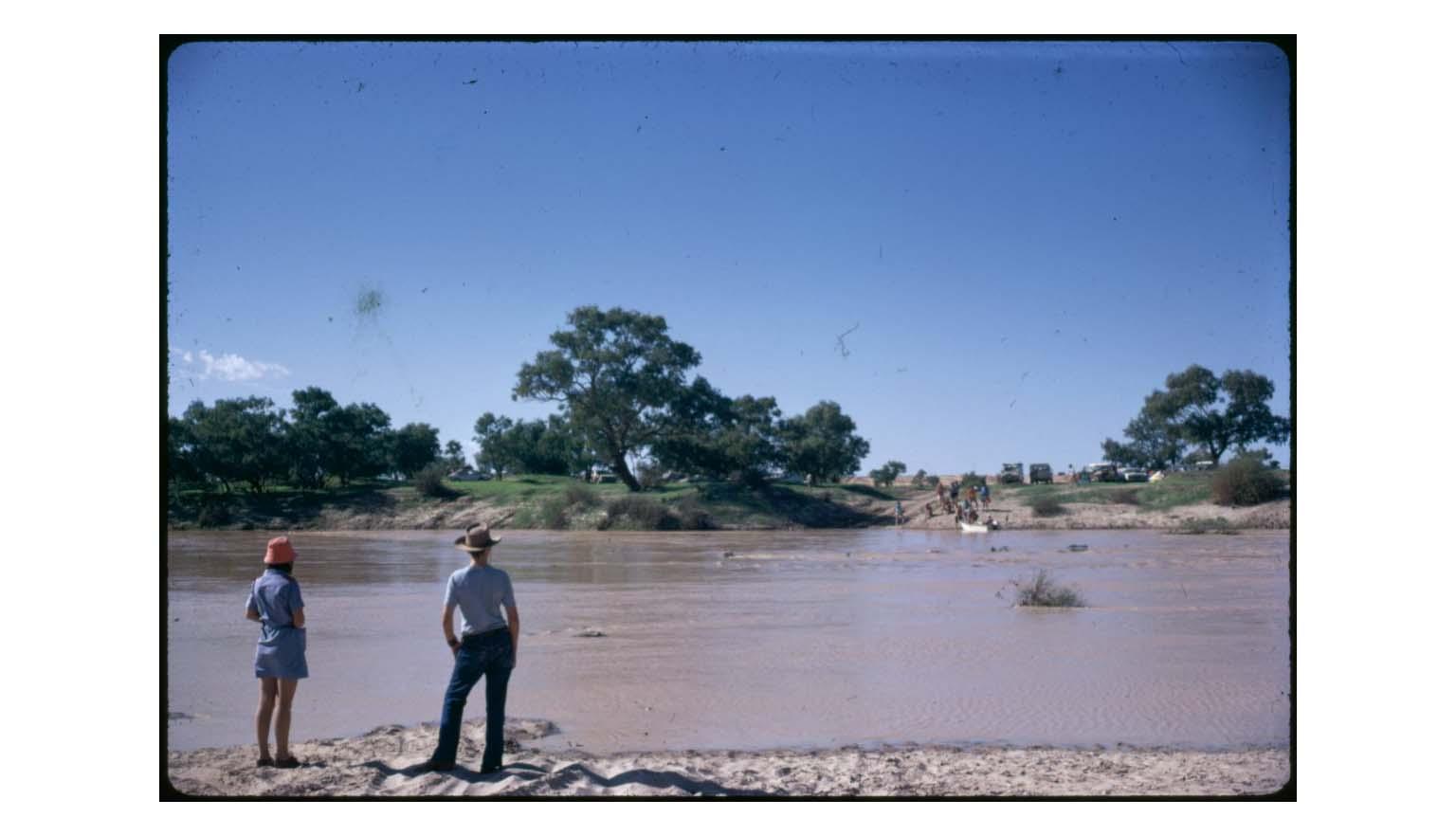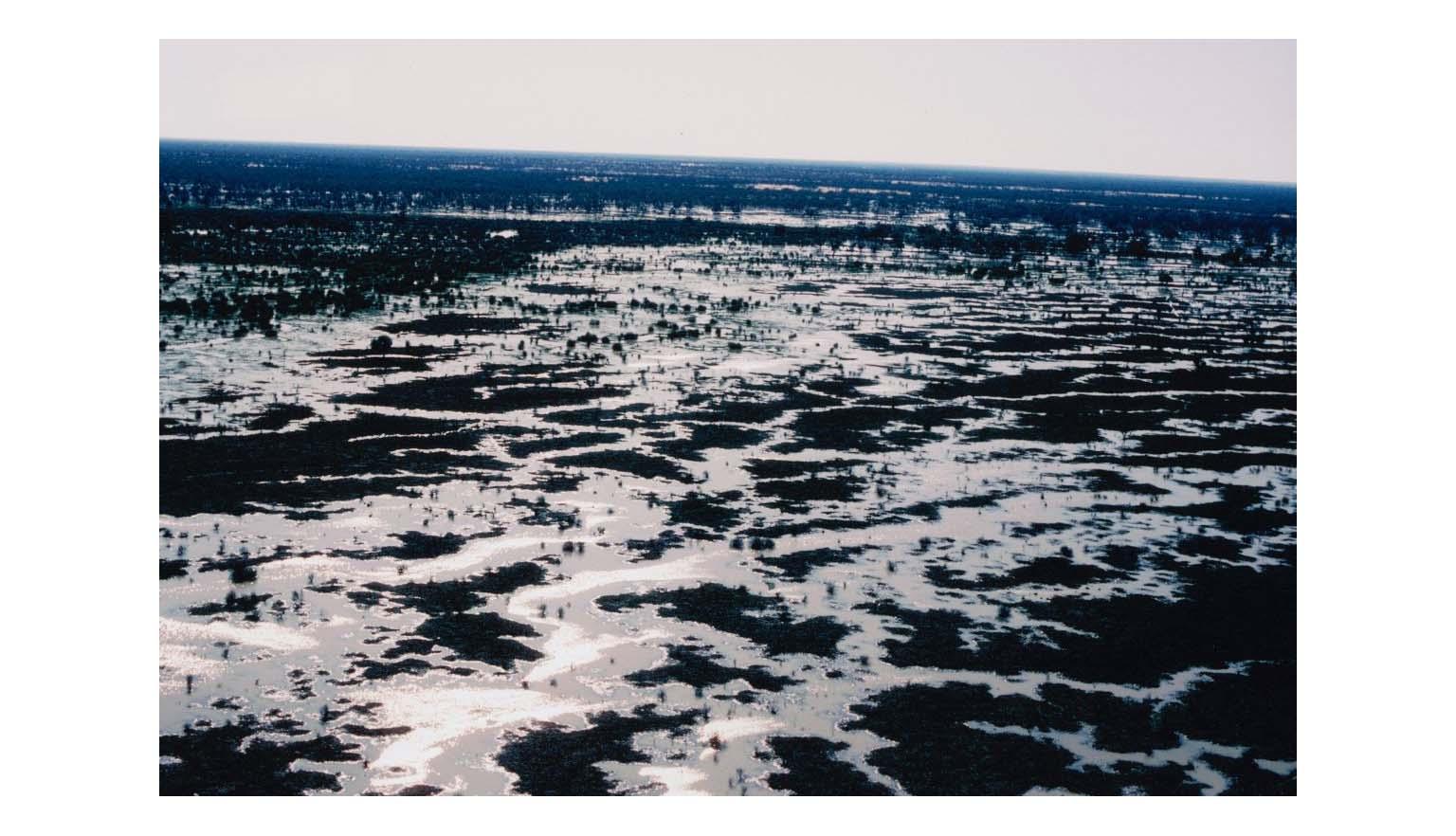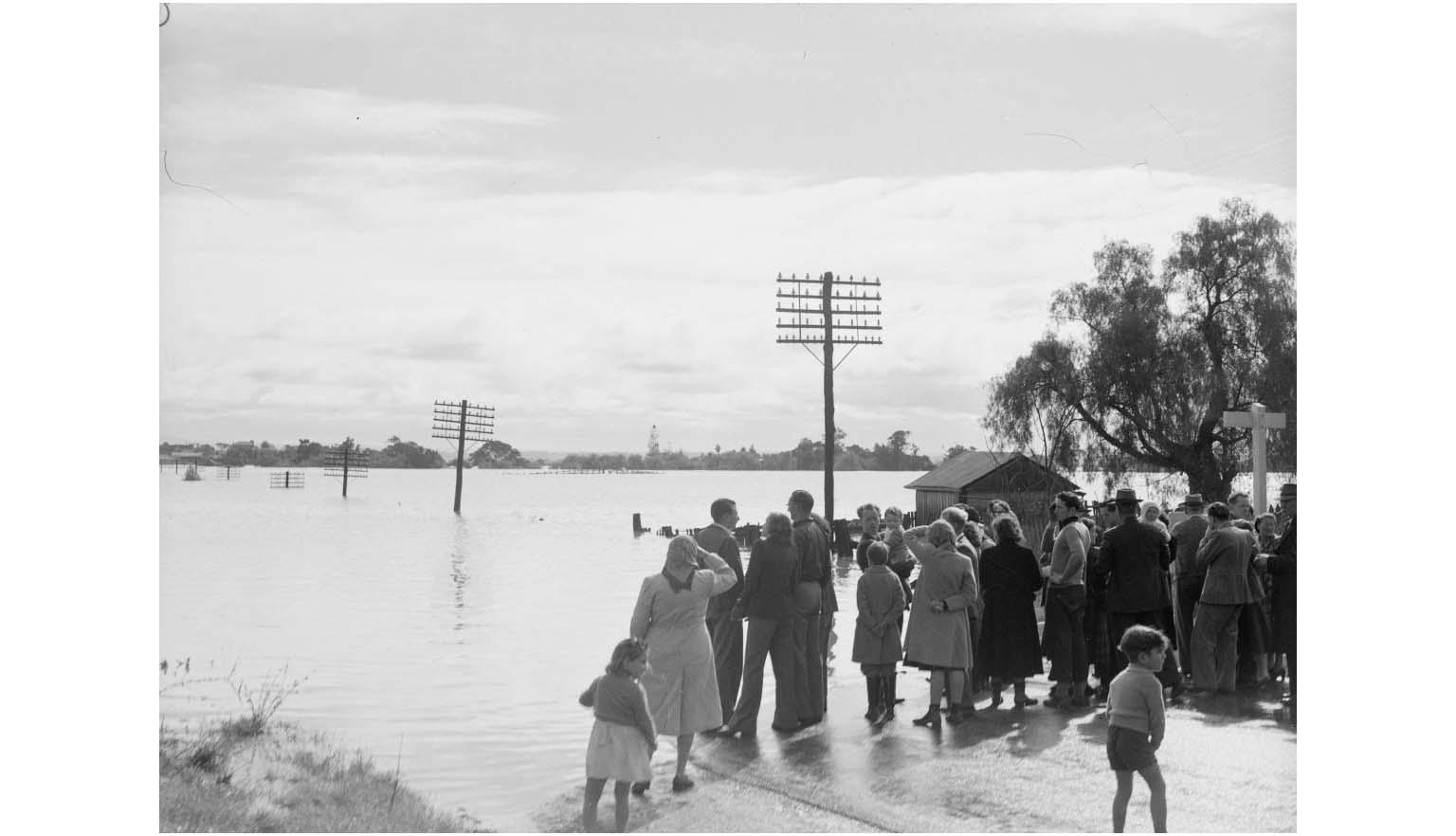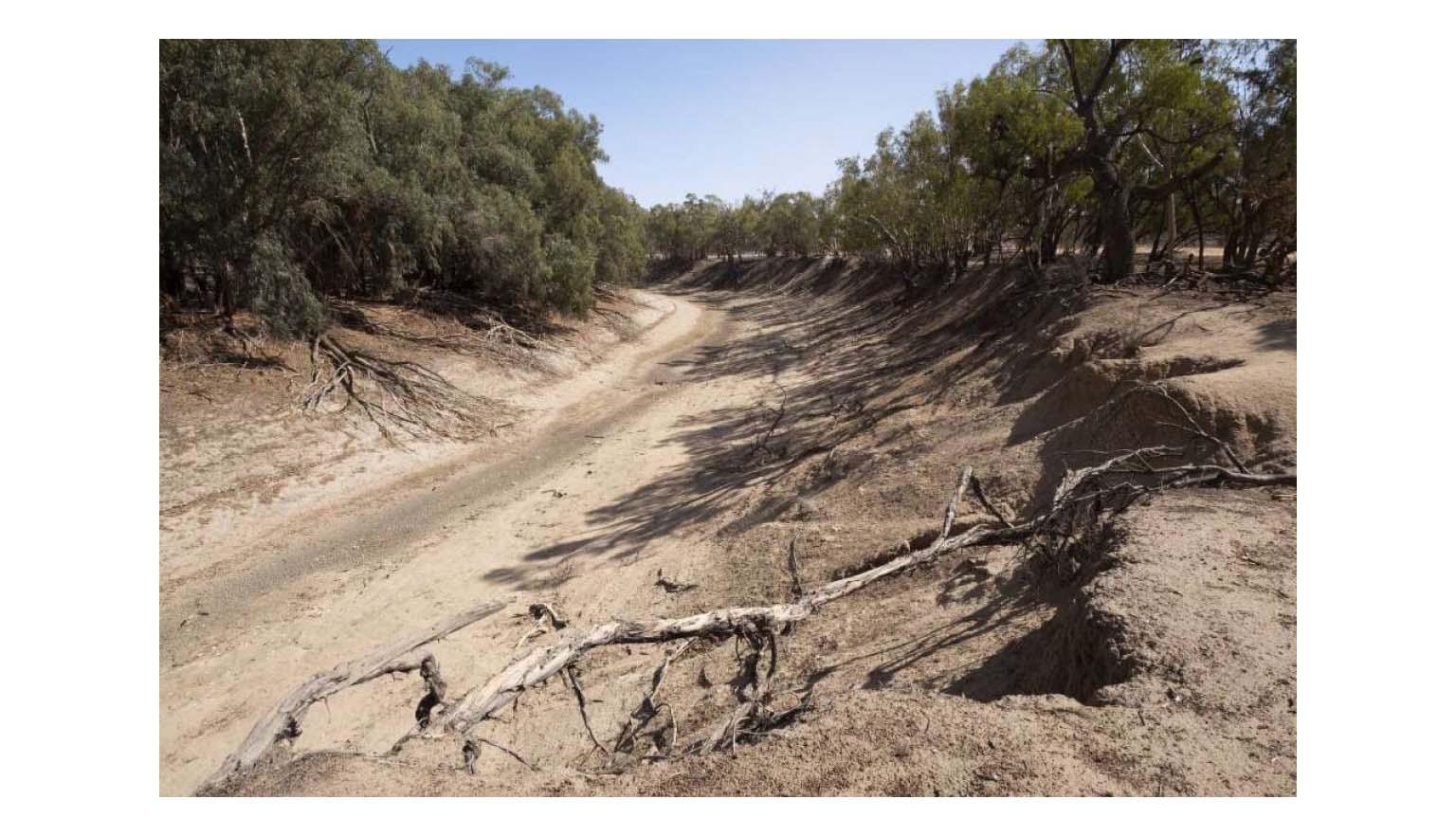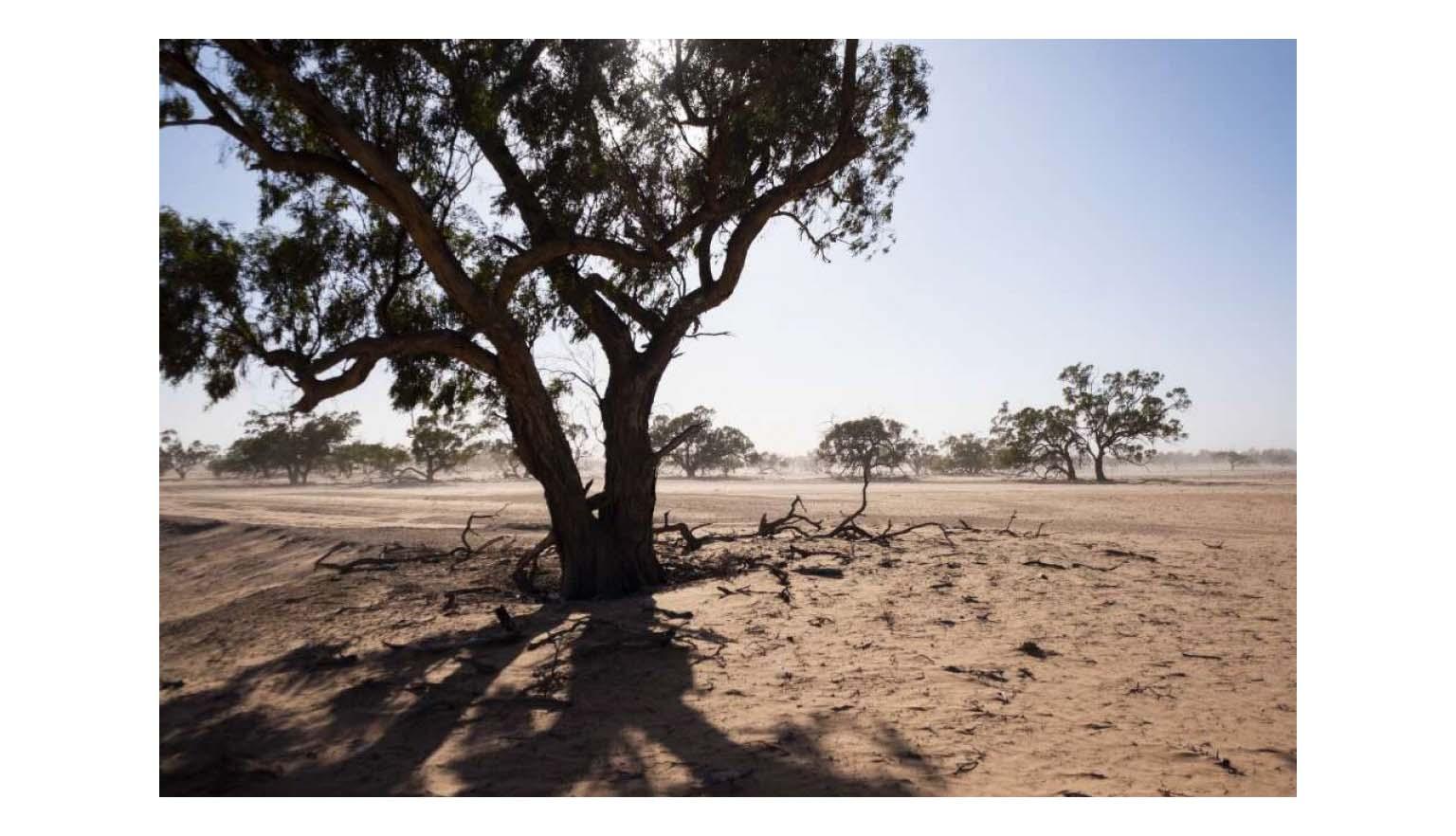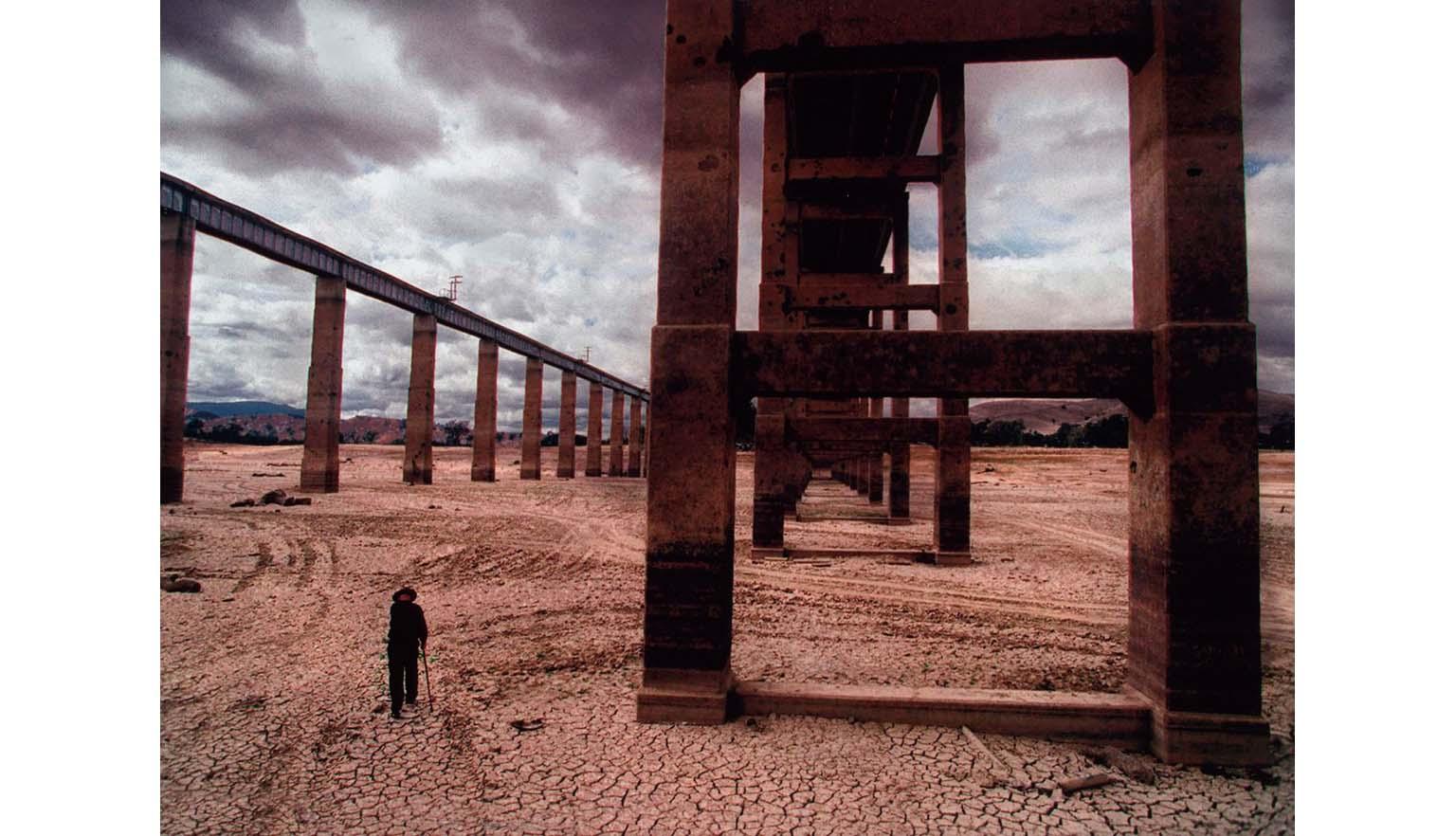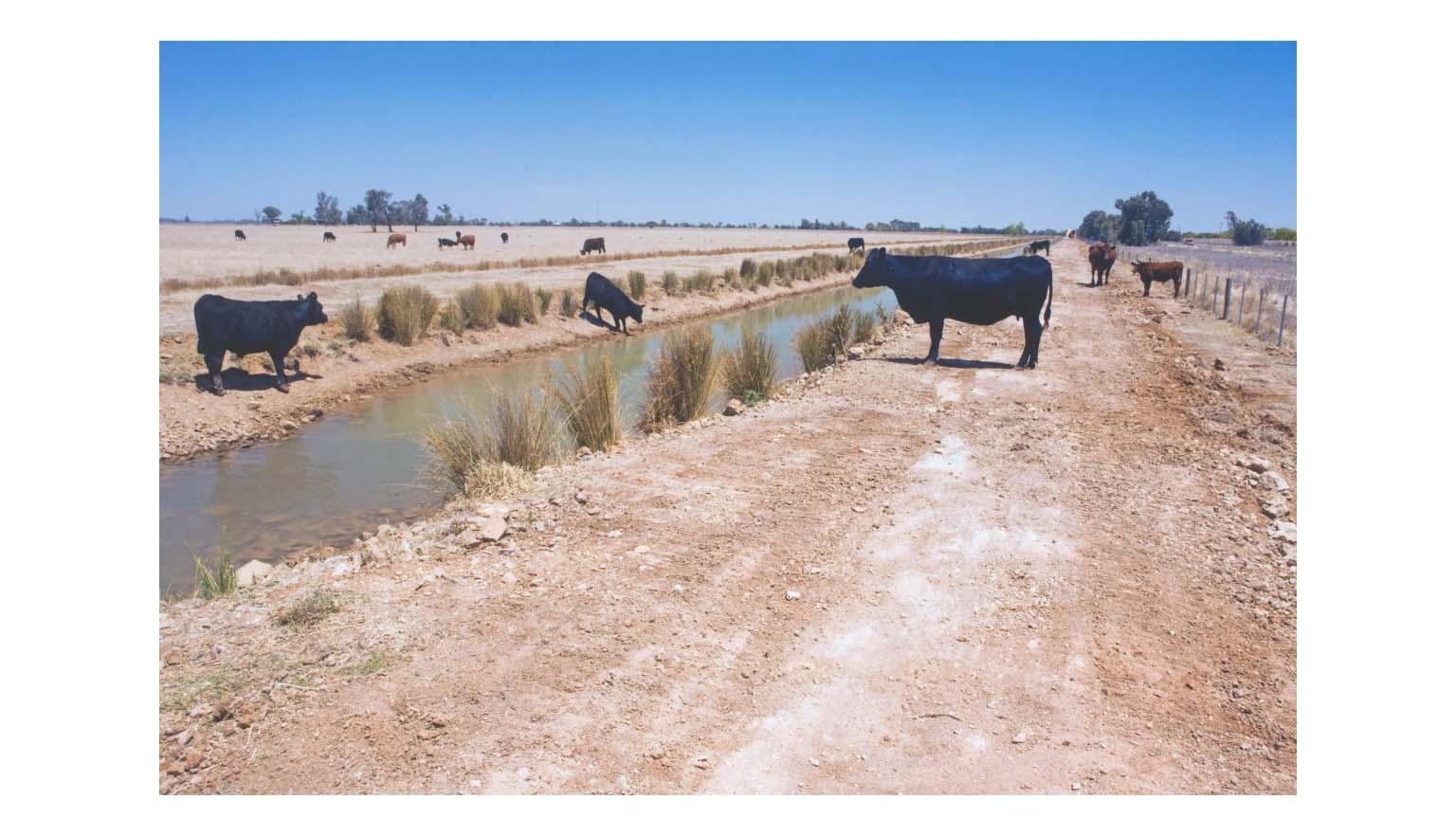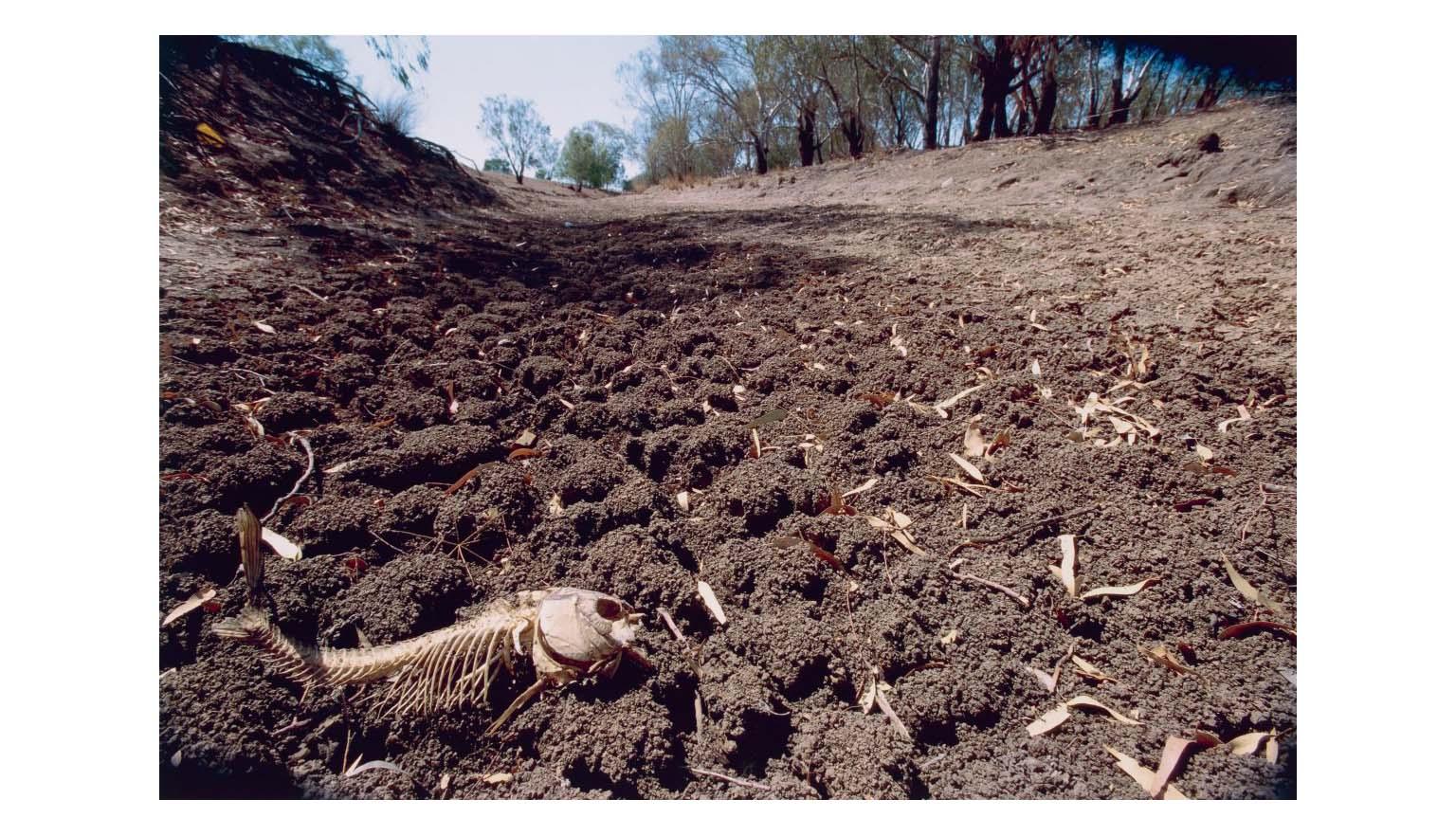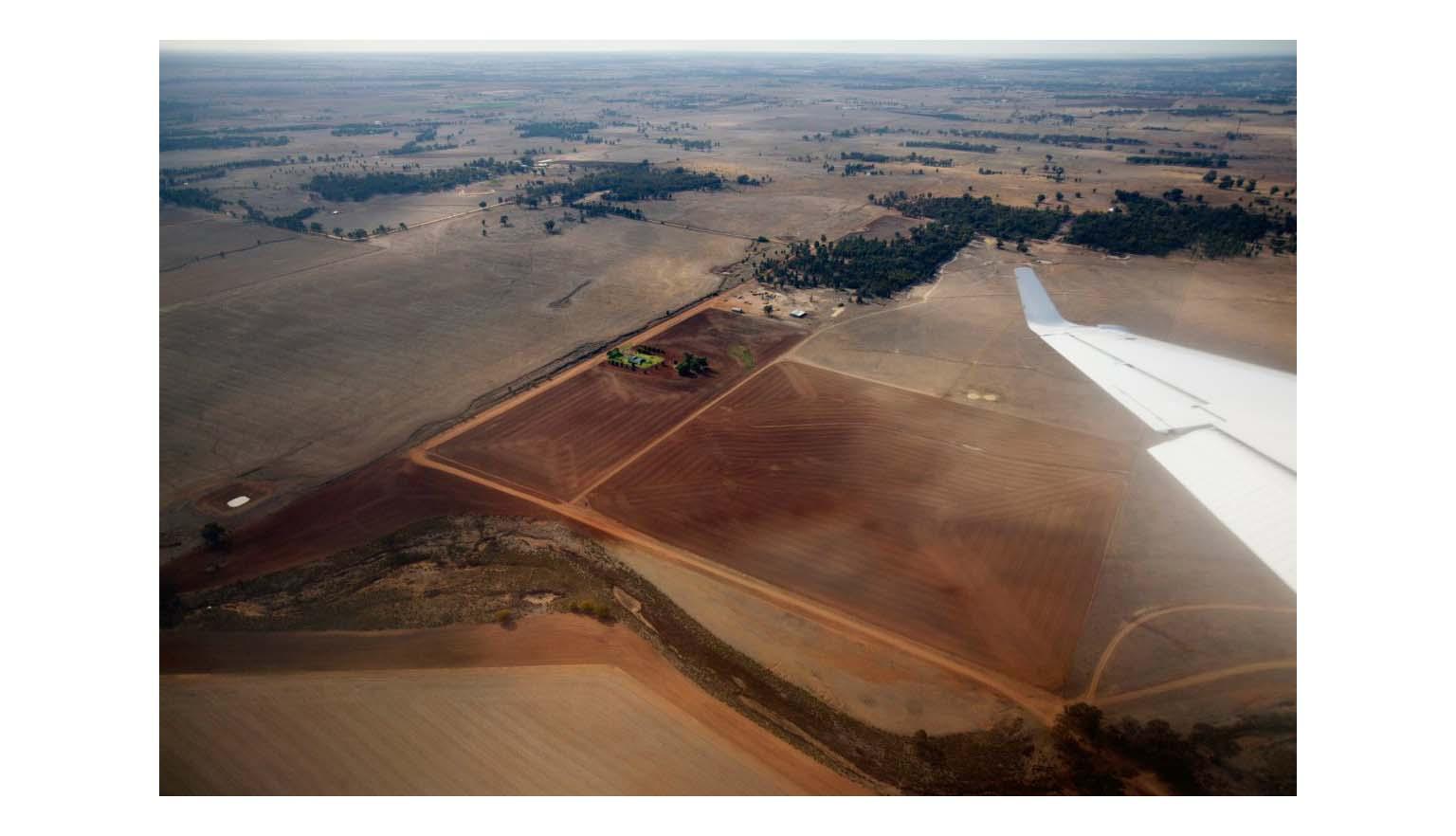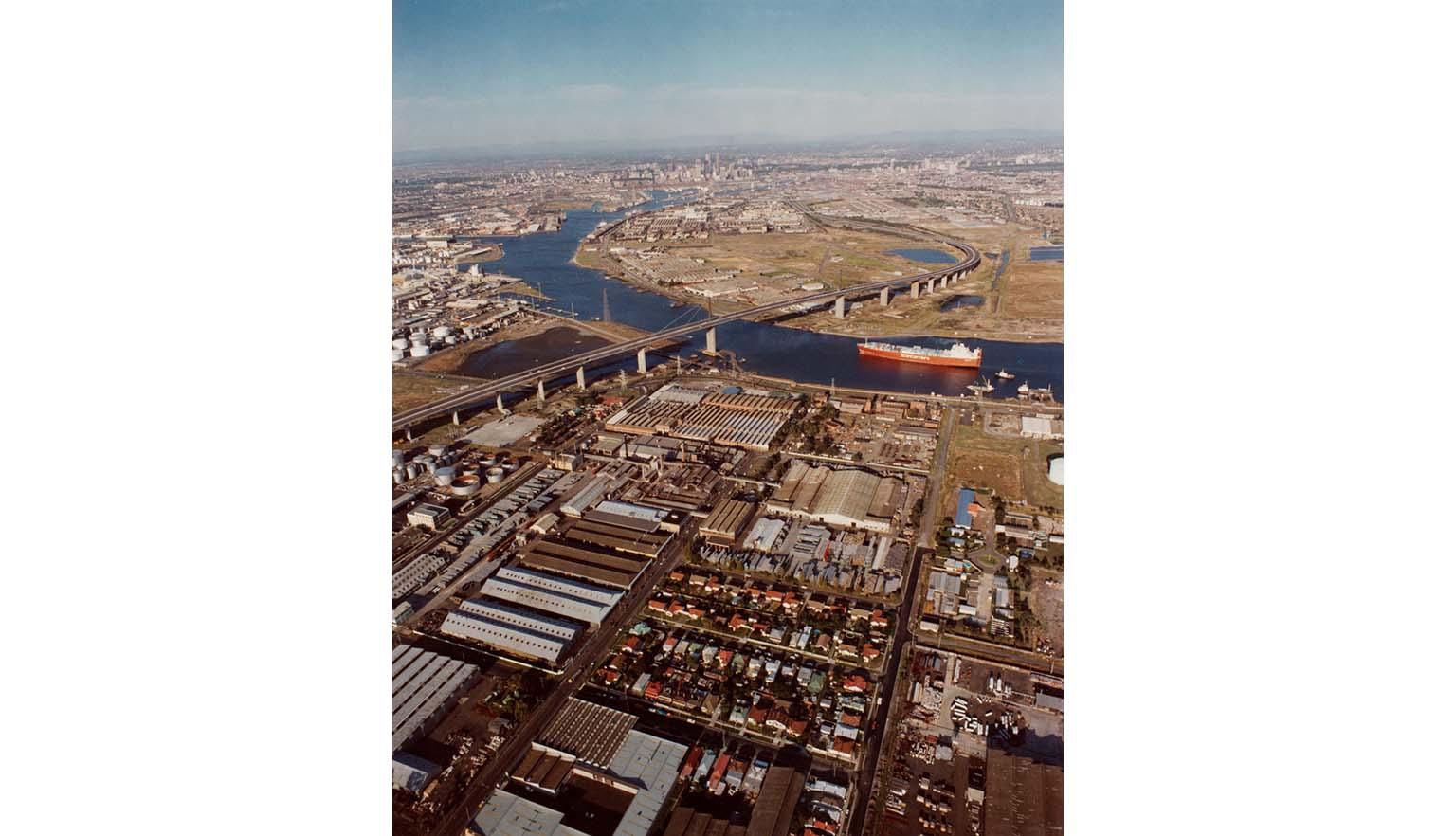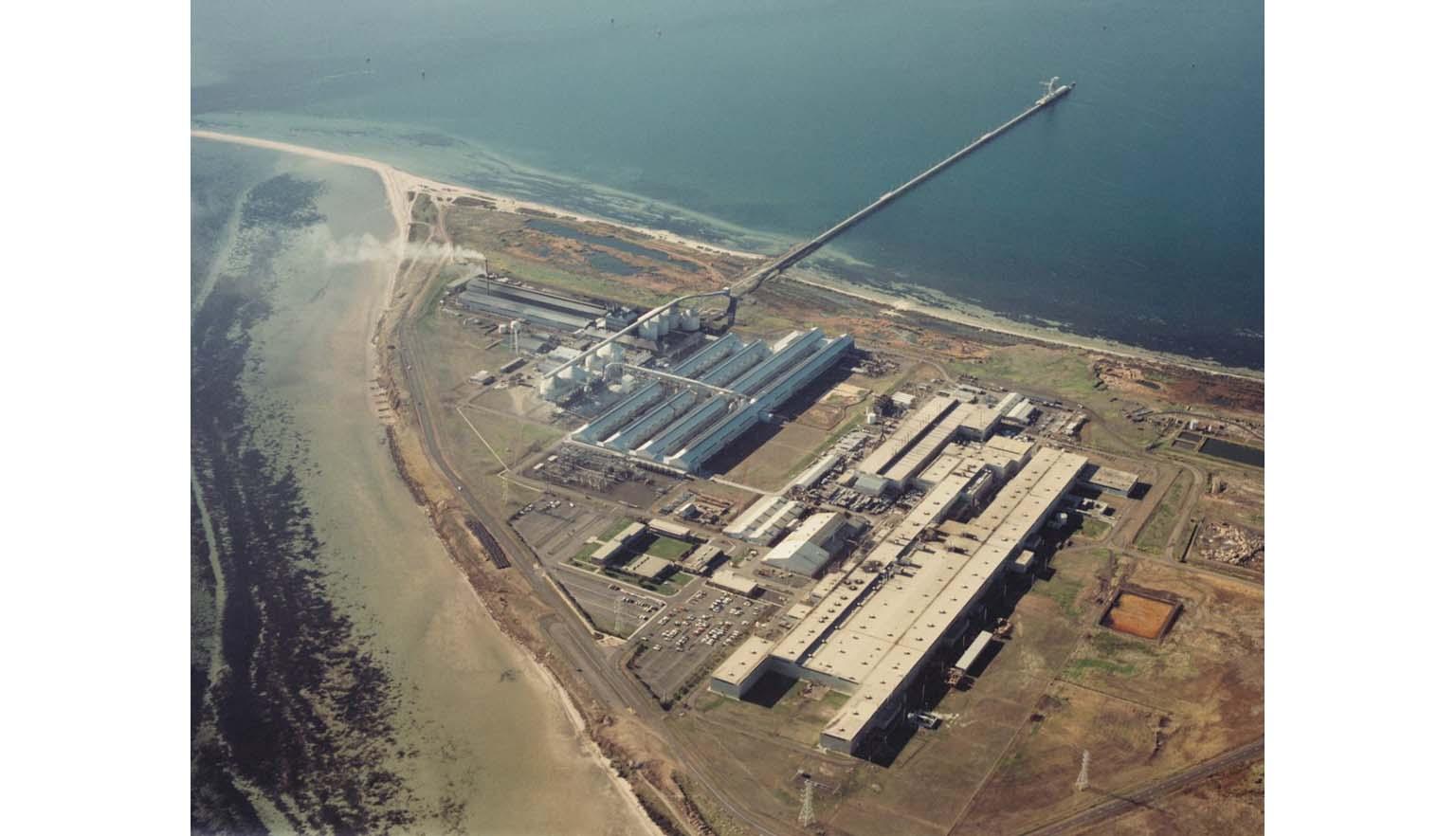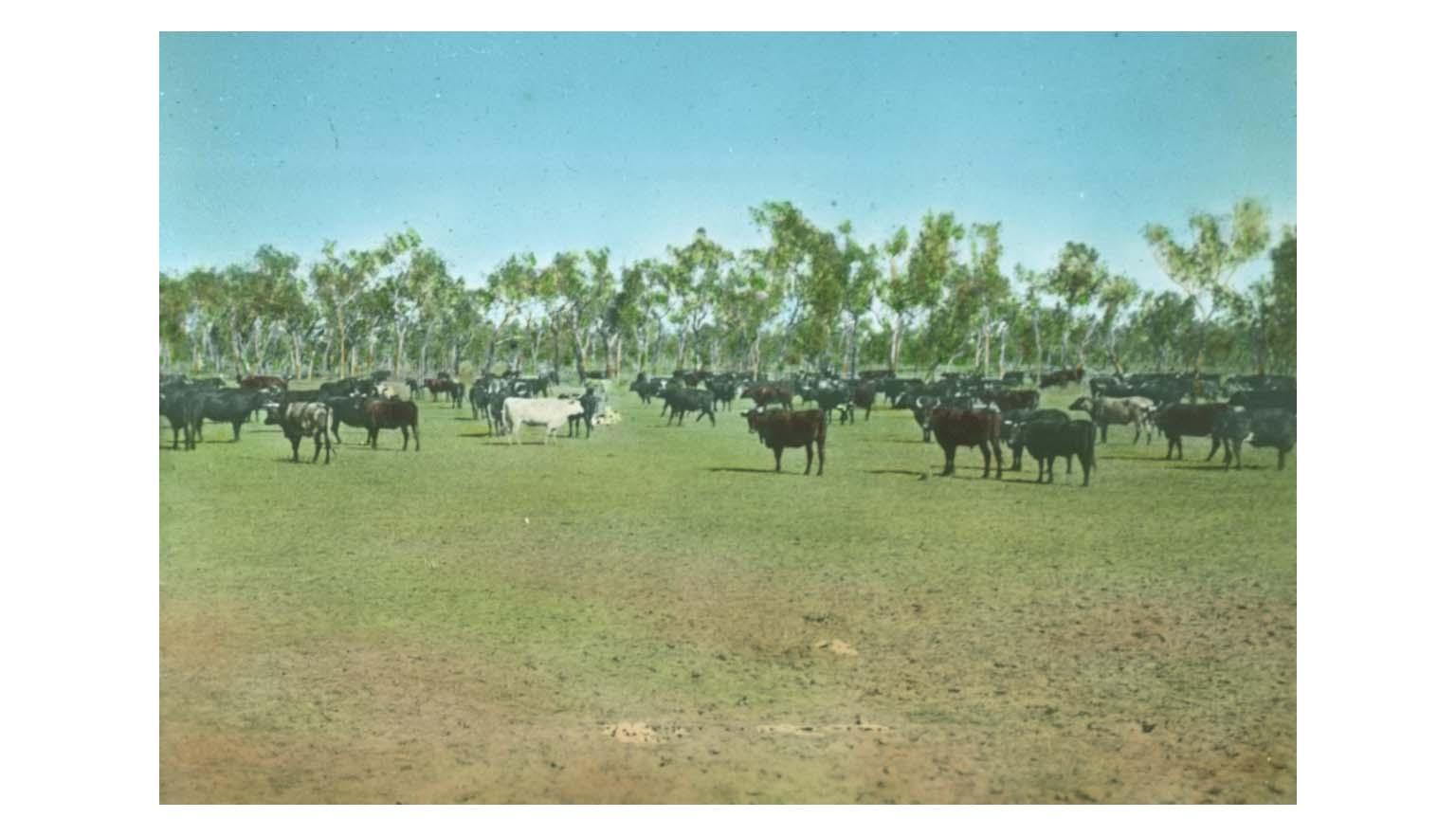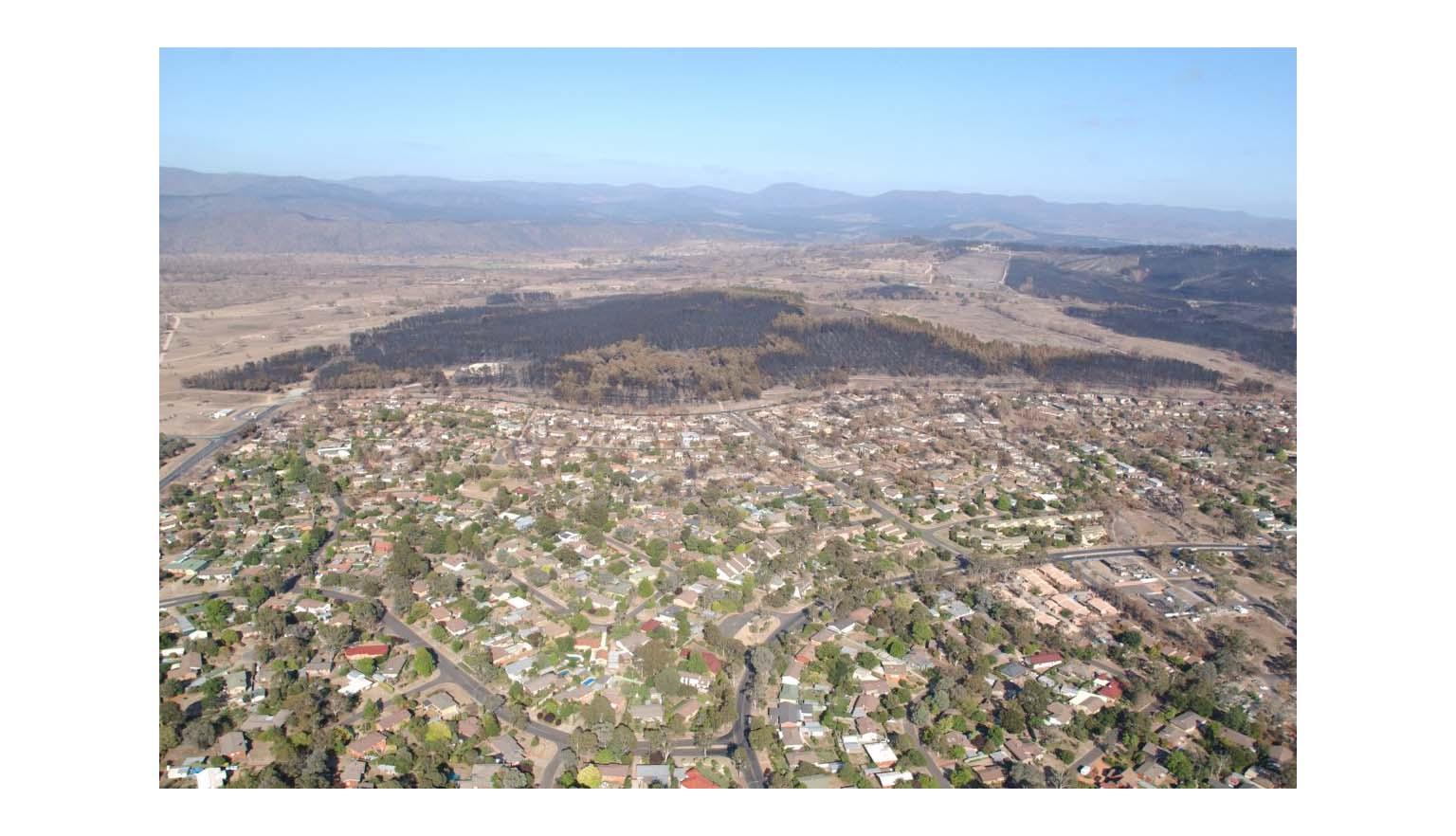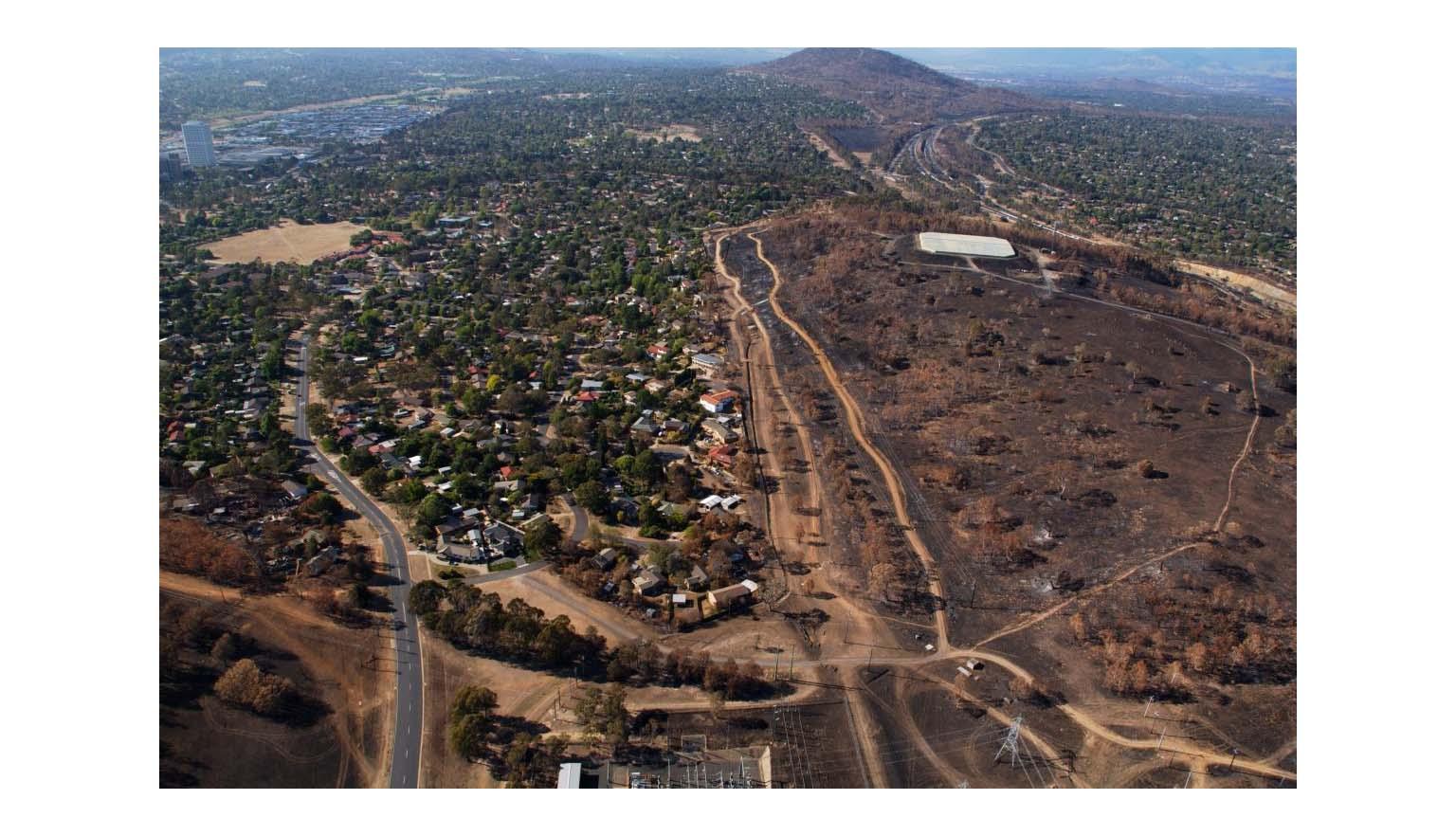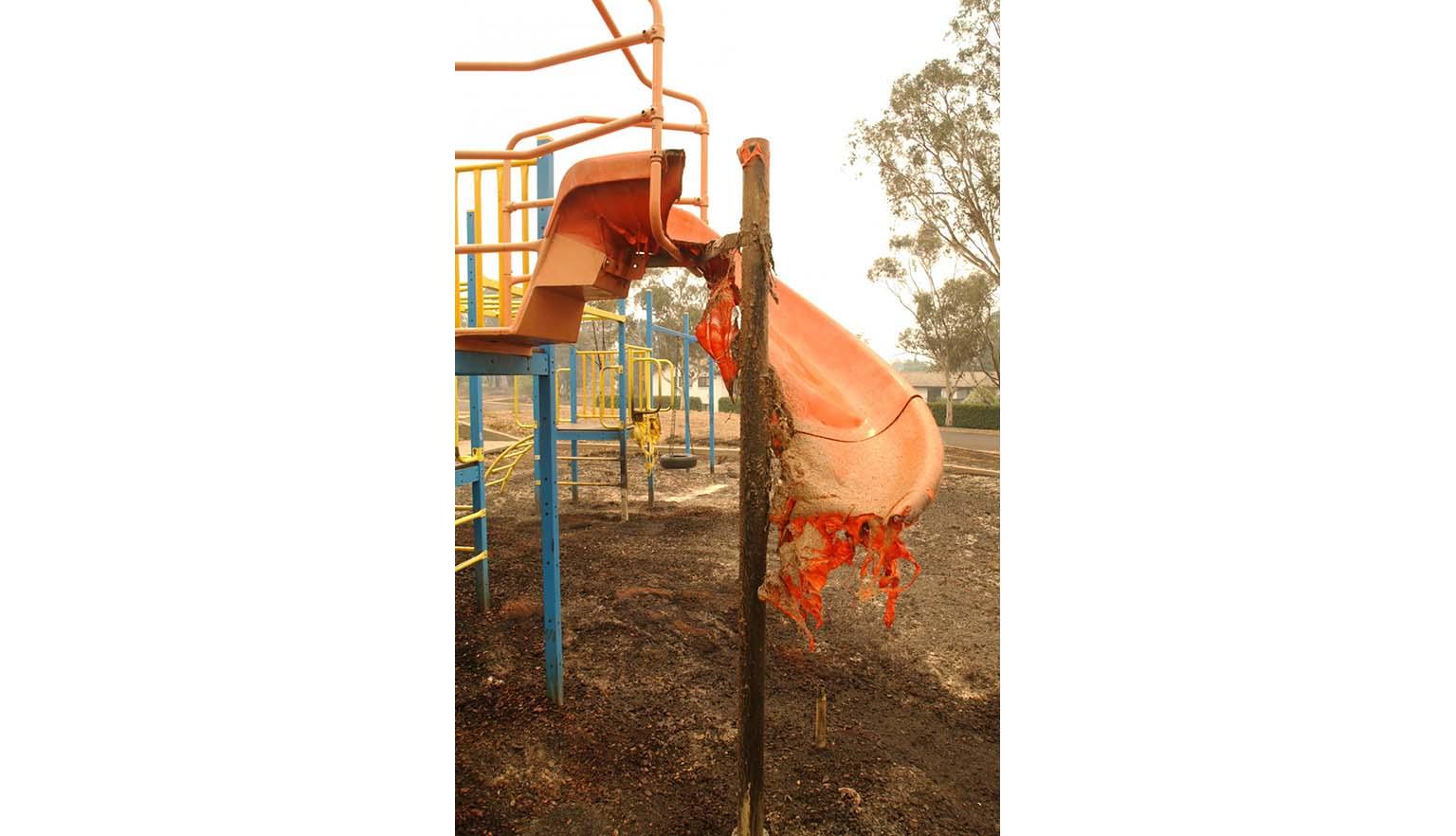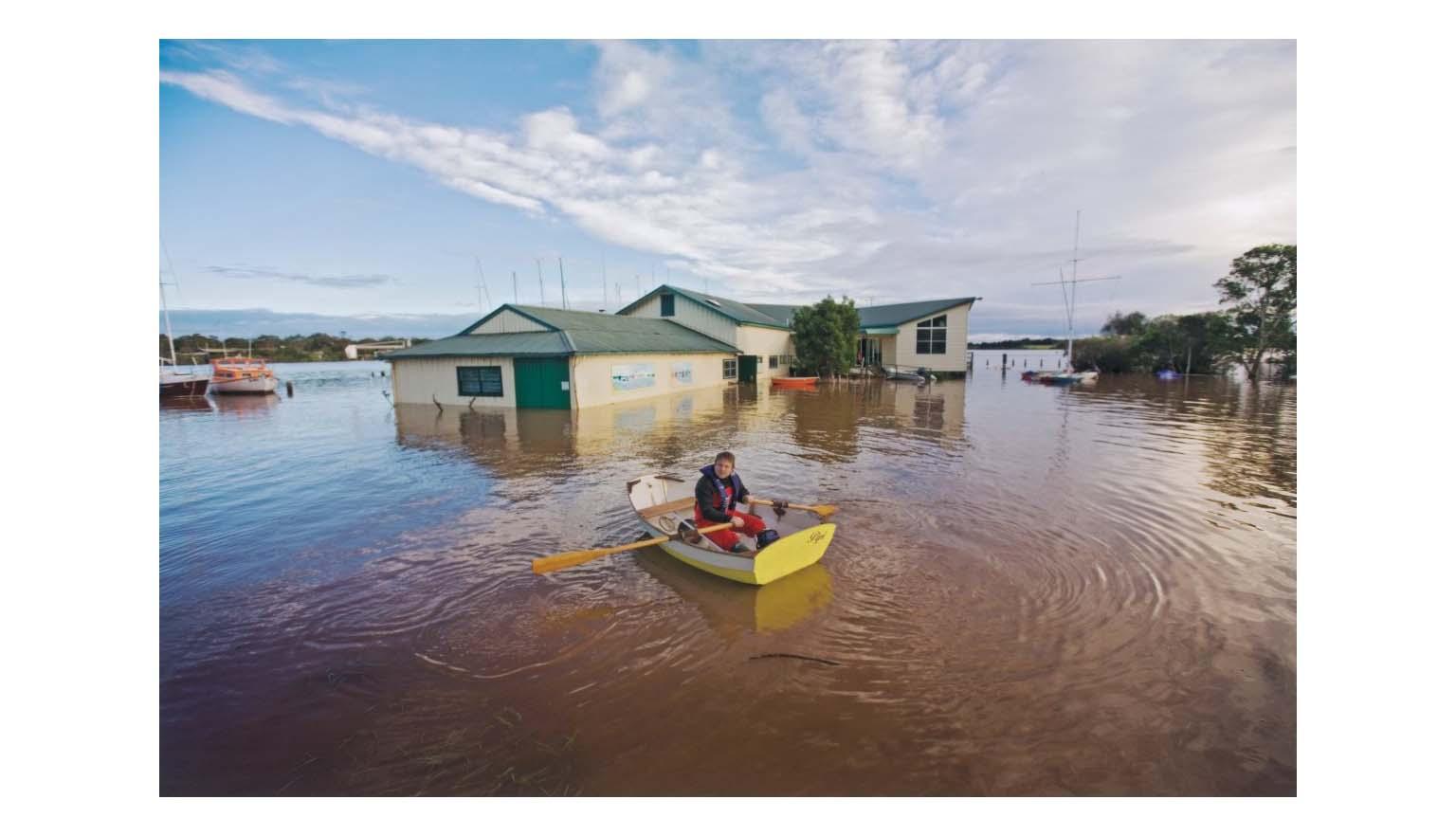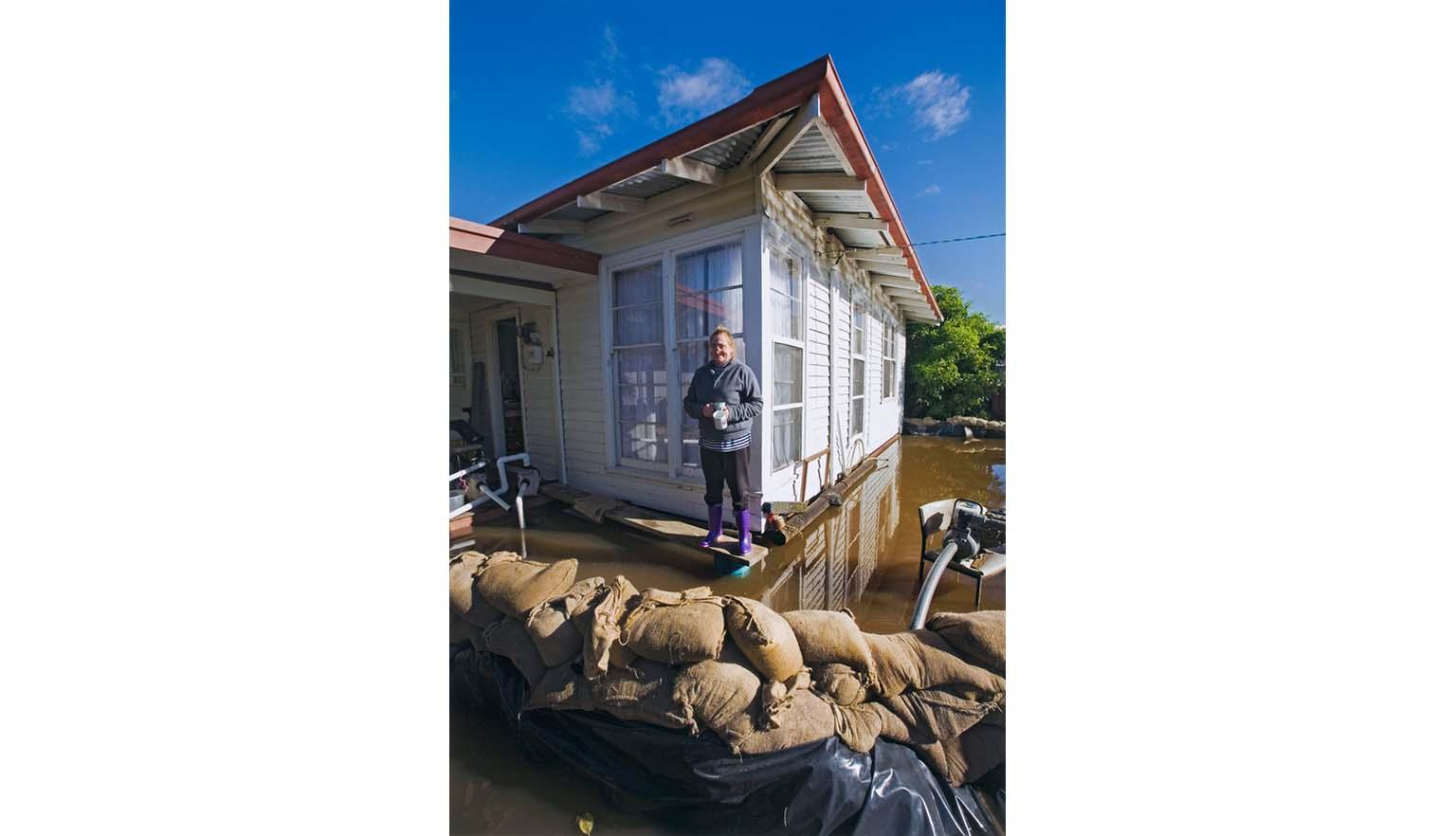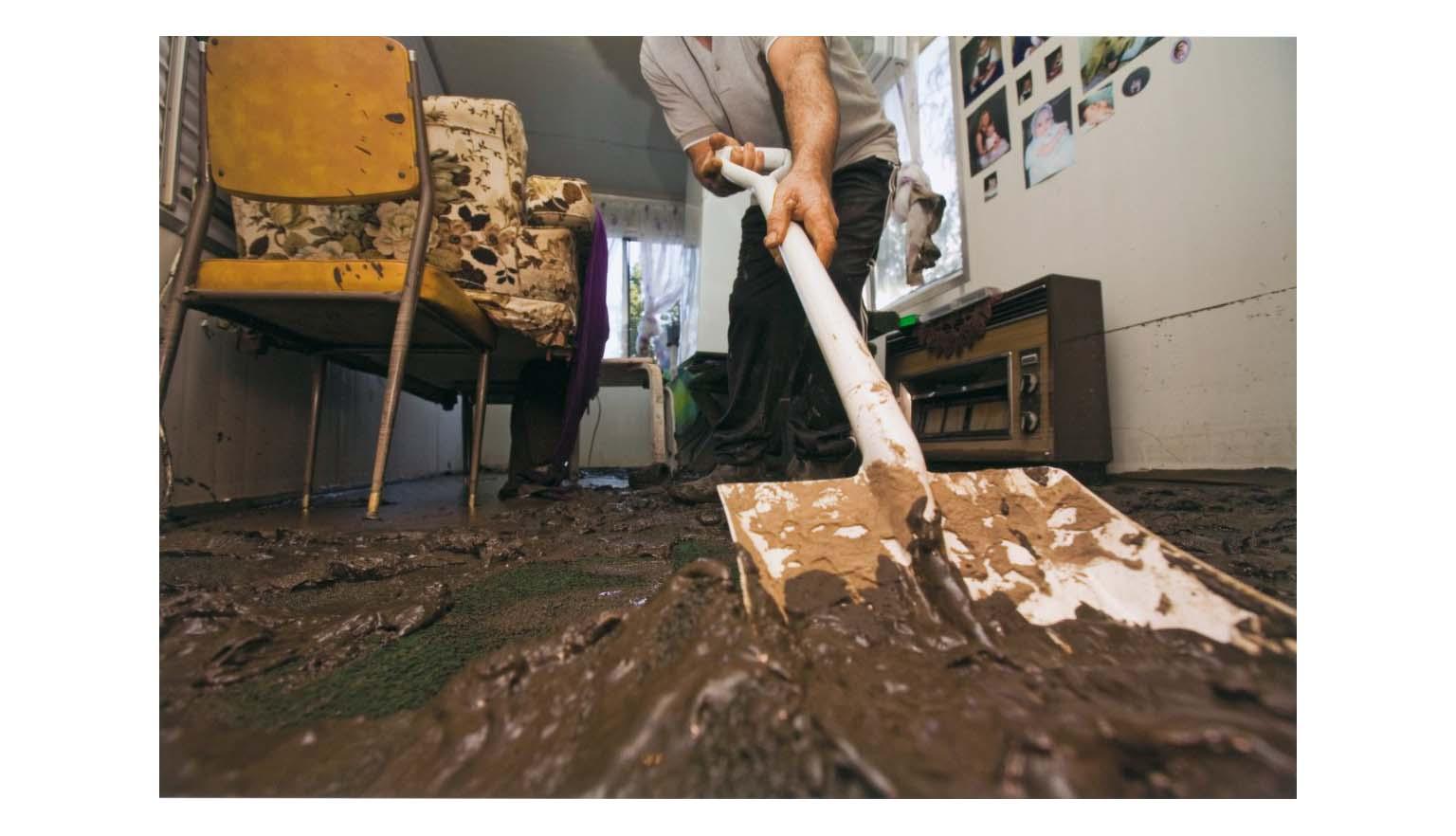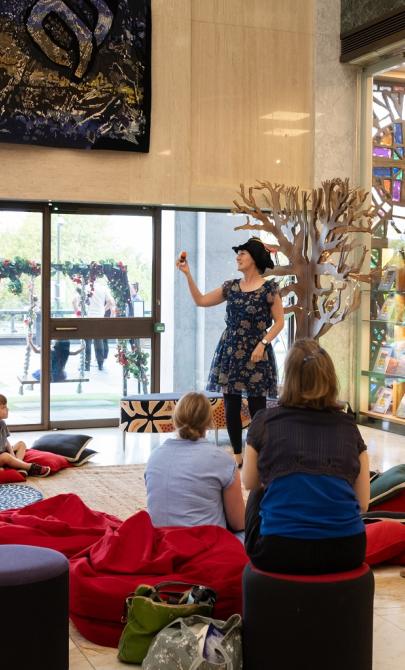Forces of nature
Fire
Fire can be a powerful and destructive force. It can sweep through a landscape, leaving little behind. However, fire also plays a critical role in the renewal of many Australian ecosystems.
Australia has a long history of bushfires that blacken vast areas of bushland and grasslands. Although devastating, fire clears fallen leaves and branches from the forest floor, reducing competition and making space for new seedlings to grow.
Some plants have evolved to rely on fire to reproduce. Many Australian species, such as certain types of eucalyptus, need the intense heat of fire to trigger seed germination. These seeds lie dormant in the soil until the chemical changes caused by fire allow them to sprout.
Eucalyptus trees are fire-tolerant. They produce flammable oils that help fires spread more quickly, which reduces competition from less fire-adapted plants. Even after fire damage, many eucalyptus trees continue to grow.
First Nations Australians have used fire to manage and care for the land for thousands of years. Traditional fire management practices reduce fuel loads and support healthy ecosystems. You can learn more about this in the:
Flood
Floods occur when water overflows from rivers, lakes, or dams and spreads across the surrounding land. Australia has a long history of flooding, with some events bringing life to dry landscapes, and others causing widespread destruction.
One of the most celebrated floods is the rare filling of Lake Eyre (Kati Thanda) in South Australia. When full, it attracts birds from thousands of kilometres away, creating a spectacular natural event.
However, floods can also be devastating. Rapidly moving floodwater can sweep away trees, homes, and infrastructure. It carries debris, silt and mud, leaving behind thick deposits as the water recedes. These deposits can destroy human-built structures, fill animal burrows, and make finding food difficult for wildlife.
Despite the damage, floods can benefit ecosystems. They deliver nutrients to the soil, spread seeds, and replenish water sources like creeks, dams and lakes. This burst of resources often triggers mass breeding events in both plants and animals.
Drought
Australia is often called the desert continent, with large inland areas classified as arid or semi-arid. These regions experience long periods of heat and very little rain.
While the east coast of Australia has lush rainforests and high rainfall, inland areas like Marble Bar in Western Australia and Lake Eyre in South Australia record some of the hottest and driest conditions in the country.
Drought occurs when there is a prolonged lack of rainfall. In many ecosystems, drought is part of a natural cycle, followed by wet seasons that replenish the land. However, when droughts are longer or harsher than usual, they can have damaging effects.
Animals may struggle to find food and water, sometimes venturing into unfamiliar and dangerous territory. Plants that are not adapted to dry conditions can wither and die, increasing the risk of bushfires as the landscape dries out.
First Nations peoples have lived in Australia’s desert regions for tens of thousands of years, developing deep knowledge and practices that allow them to survive and thrive in these challenging environments.
Human activity
Changing climates and disasters such as flood and drought are natural events that happen, often in a pattern.
For thousands of years, people across the world have relied on predictable changes in temperature and seasons to plant crops, move campsites and perform important cultural ceremonies. However, natural disasters, destructive weather and irregular climate patterns are growing in frequency and severity across the globe. Human activity has been identified by scientists and climate experts as playing a significant role in these changes.
Human activity, both direct and indirect, has been cited as the cause of unnatural levels and speed of global climate change. From the chemical output of cars, factories and industrial processes to widespread clearing of forests, grazing of cattle and the spread of urban settlements, natural weather cycles are increasingly unable to act normally. As the weather patterns become more unstable, temperatures rise on a global scale.
With increasing frequency, parts of Australia are experiencing successive seasons of catastrophic weather, where historically they may experience such events only every 50 or 100 years.
Locations that have usually stable and steady dry-wet cycles of weather are experiencing longer and more severe droughts and dry spells.
Plants and animals who are not adapted to survive in these extreme conditions find it difficult to thrive. Animals can succumb to hot temperatures or heatstroke, just as people can, if they cannot find shelter or enough water. When the soil is not used to these conditions, it can leave the ground and foliage dry, dusty and susceptible to fire. If bushfires start, they burn longer, hotter and spread further.
According to the Commonwealth Scientific and Industrial Research Organisation (CSIRO), climate change doesn’t cause fires directly but has caused an increase in the occurrence of extreme fire weather and in the length of the fire season across large parts of Australia since the 1950s.
On the other hand, when repeated abnormally wet cycles of weather occur, soil can become oversaturated with moisture. Once the soil has absorbed all the water it can, additional water has nowhere to go, so will accumulate on the surface. If the wet conditions continue and the surface water has not had a chance to drain away, water levels will begin to rise and can lead to damaging flooding.
Learning activities
Activity 1: Researching local natural disasters
Use Trove to find newspaper articles about natural disasters that have affected your town or region. Alternatively, interview a parent, grandparent or older person about any natural disaster they remember.
- What impact did the event have on the community?
- How did people respond and recover?
Activity 2: Preparing for a natural disaster
Bushfires, floods and storms are part of life in Australia. As a class, brainstorm ways to prepare for a natural disaster.
- What should families have ready?
- How can people protect their homes?
- Where can they find reliable information during an emergency? Encourage students to discuss these ideas at home with parents or carers.
Activity 3: Mapping environmental change
Use Trove to find historical maps of your region. Compare them to modern maps and plot how your town or area has changed over time.
- What impact has this growth had on the natural environment?
- How has urbanisation affected plants, animals, and ecosystems?
Additional resources
More information and activities can be found on the Australian Government National Recovery and Resilience Agency website.
